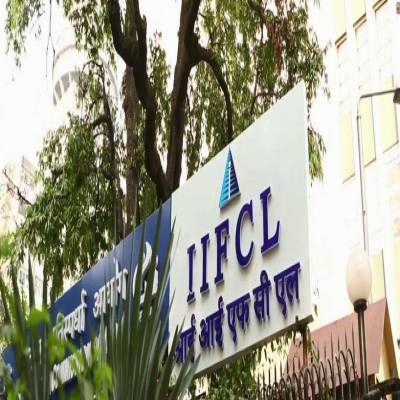

IIFCL plans to tap about 10% of the Rs 111 trillion infrastructure investment opportunity the government has envisaged over the next few years.
The government is planning to propose a new bill in the Parliament that would not only strengthen the monetary muscle of the state-owned Indian Infrastructure Finance Company Ltd (IIFCL) but also improve its scope of investment. This development is inspired by the China Development Bank (CDB), the largest in class, and a crucial player in supporting the growth strategy of Beijing.
The non-bank lender status of the IIFCL has always held back the institution from tapping into its massive monetary reserves. The proposed bill plans to change IIFCL into a development finance institution. This would make the financing of the projects more feasible and offer access to a more extensive arrangement of infrastructure projects, which might also incorporate premium housing.
To buttress the developing economy, the IIFCL plans to access about 10% of the Rs 111 trillion investment opportunity in the infrastructure sector as ideated by the government. This information was furnished by a person wary of the discussions in the government.
With the change in its status, the IIFCL is likely to raise cheaper short-term borrowing, issue tax-free bonds, and invest in Infrastructure Investment trust (InvITs). InvIT is an investment vehicle that provides tax relief. Another change that can be expected is to allow IIFCL to go beyond the ‘Scheme for Financing Viable Infrastructure Projects’, and start lending to projects that are defined as infrastructure under the department of economic affairs.
The changes would also allow IIFCL to lower their lending rate from 9% to 6%-6.5%. This lowering of the interest rates can be attributed to new regulations for raising short term debts (loans that are to be paid within ten years). Currently, IIFCL cannot raise short term debts except to refinance other high-cost debts.
Apart from the CDB, the government is also looking at other institutions such as the Brazilian Development Bank or BNDES for cues to restructure the IIFCL.
Earlier this year, to augment the economic growth, the National Infrastructure pipeline (NIP) was launched by the finance ministry. This was launched with an investment plan of Rs 111 trillion aiming to develop the economic and social infrastructure for the next five years.
The projects coming under this plan will see a contribution of 39% and 40% towards the costs, from the Centre and States respectively. The rest of it will be made up of private-sector contributions. Greenfield and Brownfield ventures worth more than Rs 100 crore per project that may be at various initial stages of their life cycles, would be an essential part of this initiative.
The projects are spread across sectors such as railways, education, urban development, mobility, power, health, irrigation, water, and the digital sector. Last year, the union cabinet granted its approval to boost the lending capabilities of the state IIFCL. It was made possible by the infusion of Rs 5,300 crore via recapitalization bonds. In the current year, the infusion of Rs 10,000 crore stands approved but is yet to be provided to the IIFCL.
The pandemic has been obstructive, leading to delays in project executions. Other lending infrastructures alongside the IIFCL have been seriously affected by the lockdowns. IIFCL mentioned in their 2019-2020 reports that the lifting of the lockdown has helped normalize the ailing economy. Since June, the demand levels are being reinstated with the hope that this will improve revenue streams for developers.